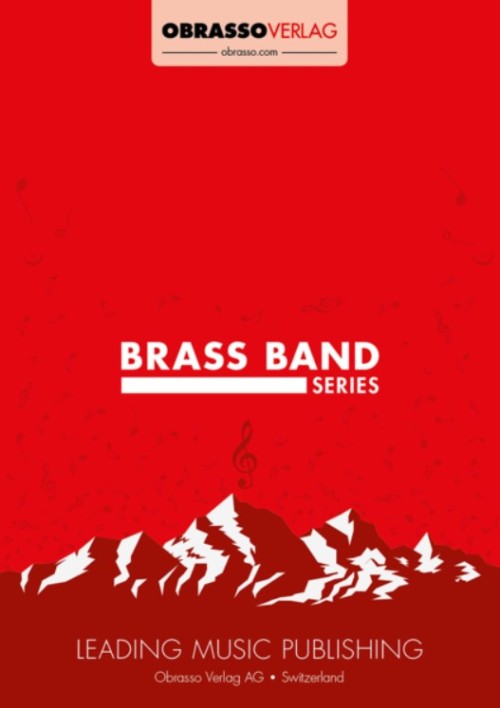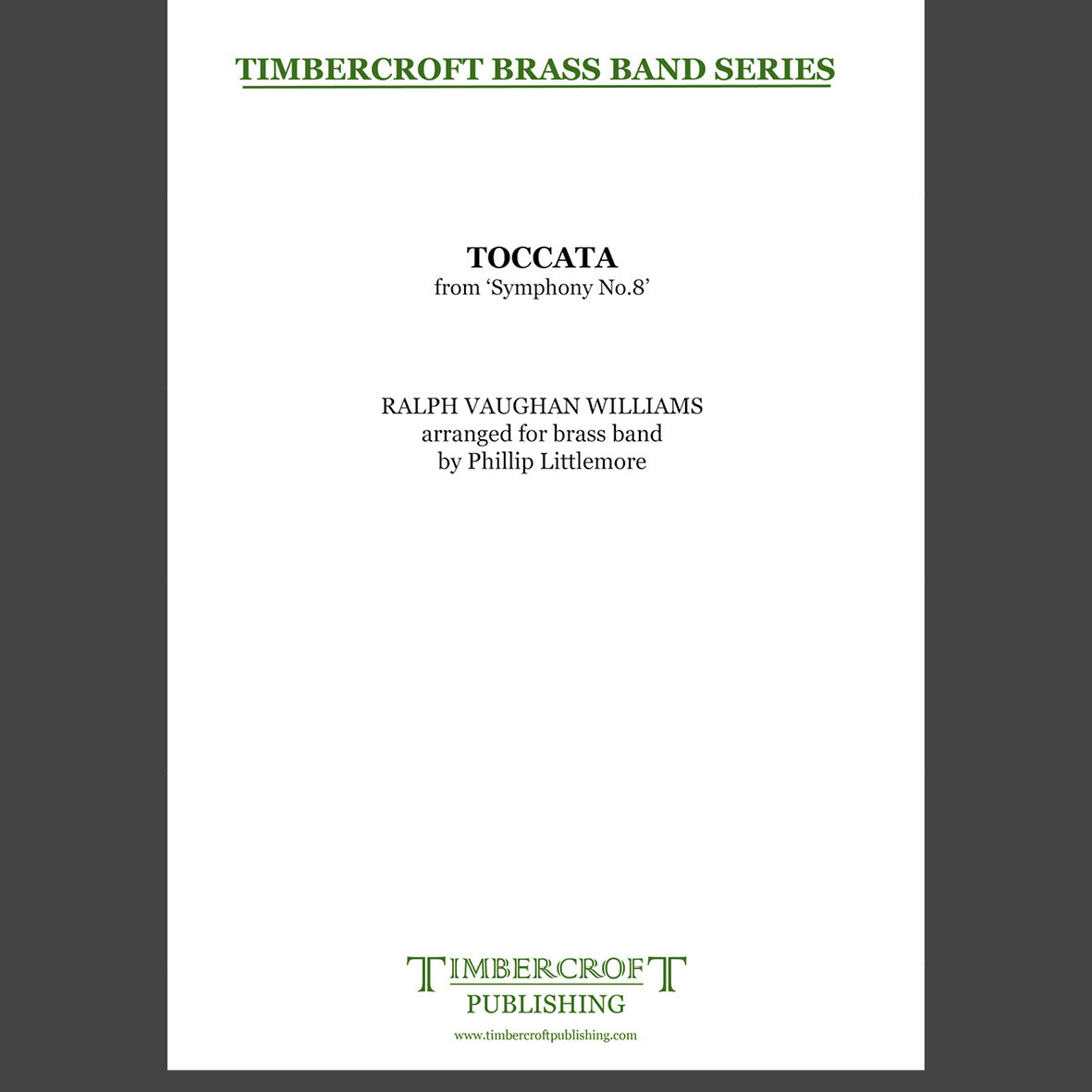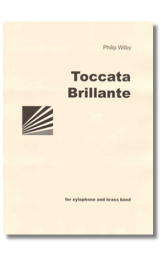Results
-
 £44.95
£44.95Toccata, Oh the Blessed Lord (Brass Band - Score and Parts) - Heaton, Wilfred
Originally written as a brass sextet, based on the American Spiritual 'Oh dem golden slippers', and eventually published for full band in 1973. It is hard to believe that this highly original and technically difficult composition could have first been conceived as long ago as 1938.
Estimated dispatch 7-14 working days
-
 £22.50
£22.50Toccata, Oh The Blessed Lord (Brass Band - Score only) - Heaton, Wilfred
Originally written as a brass sextet, based on the American Spiritual 'Oh dem golden slippers', and eventually published for full band in 1973. It is hard to believe that this highly original and technically difficult composition could have first been conceived as long ago as 1938.
Estimated dispatch 7-14 working days
-
 £37.95
£37.95TOCCATA from Organ Symphony No.5 (Brass Band) - Widor, Charles-Marie - Sparke, Philip
Recorded on Polyphonic QPRL056D National Brass Band Championships of Great Britain and Gala Concert - 1992, Polyphonic QPRL040D Pageantry
Estimated dispatch 7-14 working days
-
 £37.95
£37.95TOCCATA in D MINOR (Farr) (Brass Band) - Farr, Ray
Rock version.
Estimated dispatch 7-14 working days
-
 £54.20
£54.20TOCCATA IN ROCK (Brass Band) - Broadbent, Derek M.
Medium/Difficult
Estimated dispatch 7-14 working days
-
 £83.50
£83.50Toccata, Elegy and Scherzo (Brass Band - Score and Parts) - Barry, Darrol
Suitable for 1st Section bands and above
Estimated dispatch 7-14 working days
-
 £45.00
£45.00Toccata from Symphony No.8 - Ralph Vaughan Williams arr. Phillip Littlemore
Estimated dispatch 5-7 working days
-
 £39.95
£39.95Toccata Brillante - Philip Wilby
Written for the composer's daughter this energetic work involves some four-mallet work and will be enjoyed by capable soloists and audiences alike.
Estimated dispatch 7-9 working days
-
 £34.95
£34.95Atlantic Toccata
Estimated dispatch 7-14 working days
-
£27.00
